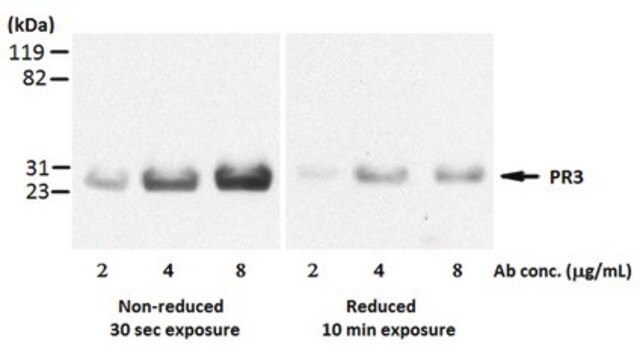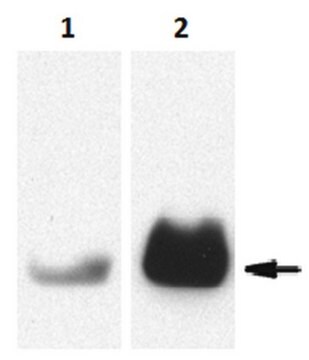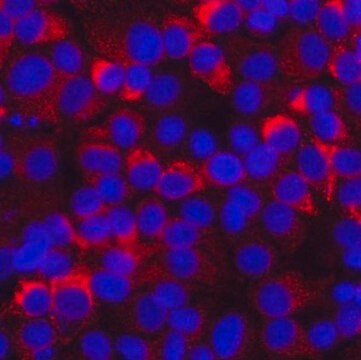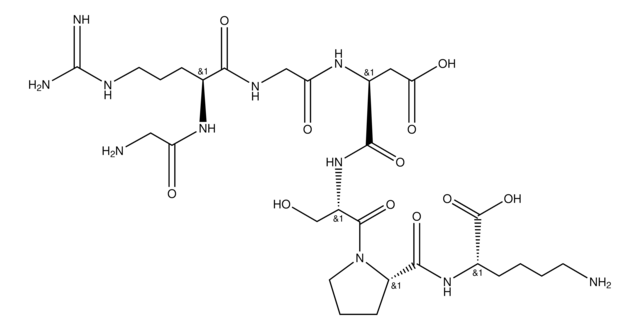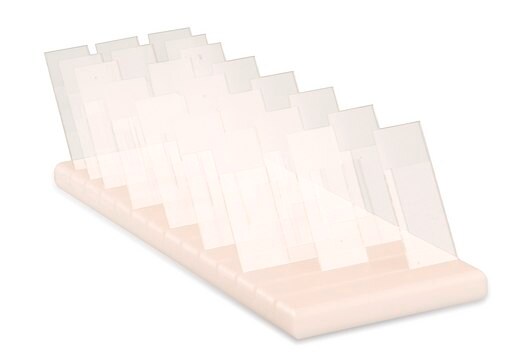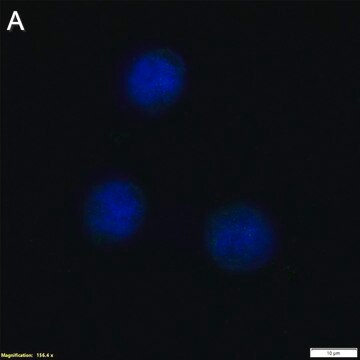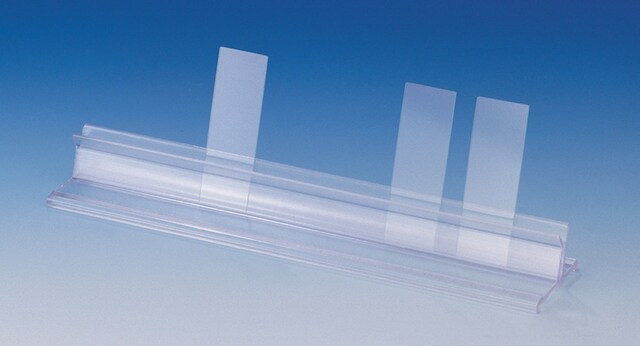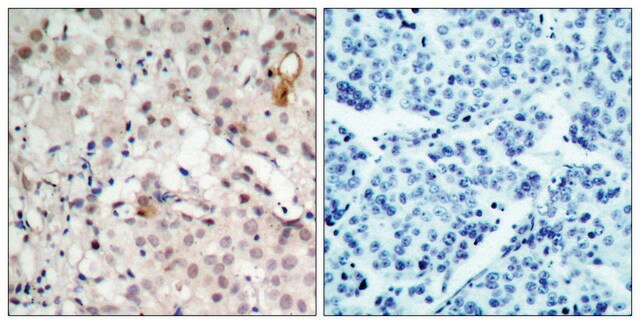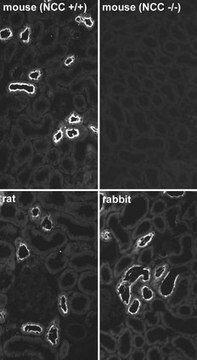MABT403
Anti-Proteinase 3/PR3 Antibody, clone MCPR3-7
clone MCPR3-7, from mouse
Sinónimos:
Myeloblastin, AGP7, C-ANCA antigen, Leukocyte proteinase 3, Neutrophil proteinase 4, NP-4, P29, PR-3, PR3, Wegener autoantigen
About This Item
Productos recomendados
origen biológico
mouse
Nivel de calidad
forma del anticuerpo
purified immunoglobulin
tipo de anticuerpo
primary antibodies
clon
MCPR3-7, monoclonal
reactividad de especies
human
no debe reaccionar con
mouse
técnicas
affinity binding assay: suitable
flow cytometry: suitable
immunoprecipitation (IP): suitable
western blot: suitable
isotipo
IgG1κ
Nº de acceso NCBI
Nº de acceso UniProt
Condiciones de envío
dry ice
modificación del objetivo postraduccional
unmodified
Información sobre el gen
human ... PRTN3(5657)
Descripción general
Especificidad
Inmunógeno
Aplicación
Cell Structure
Inflammation & Autoimmune Mechanisms
Flow Cytometry Analysis: A representative lot immunostained the surface of only a small subpopulation of human peripheral blood neutrophils that are stained positive with clone MCPR3-2 (Cat. No. MABT340), consistent with the surface PR3 being in an active conformation complexed with CD177 and/or lipid bilayers. (Hinkofer, L.C., et al. (2013). J. Biol. Chem. 288(37):26635-26648).
Flow Cytometry Analysis: A representative lot bound recombinant human PR3-, but not murine PR3-, coated Talon-beads as determined by FACS analysis. (Silva, F., et al. (2010). J. Autoimmun. 35(4) 299-308).
Flow Cytometry Analysis: A representative lot bound immobilized recombinant human PR3 via a distinct epitope than those recognized by clone MCPR3-2 and MCPR3-3 (Cat. No. MABT340 and MABF973, respectively) as determined by FACS analysis of bead-based competition binding assay (Silva, F., et al. (2010). J. Autoimmun. 35(4) 299-308).
Immunoprecipitation Analysis: A representative lot immunoprecipitated a recombinant human PR3 construct proP-PR3ctp that adopts a pro-PR3 conformation, while exhibiting greater than 75% reduced affinity toward a recombinant construct ΔPR3ctp-S195A that adopts a mature PR3 conformation (Hinkofer, L.C., et al. (2013). J. Biol. Chem. 288(37):26635-26648).
Inhibition Analysis: A representative lot caused a substrate-dependent inhibition against human PR3 enzymatic activity by altering PR3 S1′ pocket conformation, but not PR3 S1 pocket conformation (Hinkofer, L.C., et al. (2013). J. Biol. Chem. 288(37):26635-26648).
Affinity Binding Assay: A representative lot captured a recombinant human PR3 construct proP-PR3ctp that adopts a pro-PR3 conformation, while exhibiting greater than 75% reduced affinity toward a recombinant construct ΔPR3ctp-S195A that adopts a mature PR3 conformation (Hinkofer, L.C., et al. (2013). J. Biol. Chem. 288(37):26635-26648).
Calidad
Isotyping Analysis: The identity of this monoclonal antibody is confirmed by isotyping test to be IgG1κ.
Descripción de destino
Forma física
Almacenamiento y estabilidad
Handling Recommendations: Upon receipt and prior to removing the cap, centrifuge the vial and gently mix the solution. Aliquot into microcentrifuge tubes and store at -20°C. Avoid repeated freeze/thaw cycles, which may damage IgG and affect product performance.
Otras notas
Cláusula de descargo de responsabilidad
¿No encuentra el producto adecuado?
Pruebe nuestro Herramienta de selección de productos.
Código de clase de almacenamiento
12 - Non Combustible Liquids
Clase de riesgo para el agua (WGK)
WGK 2
Punto de inflamabilidad (°F)
Not applicable
Punto de inflamabilidad (°C)
Not applicable
Certificados de análisis (COA)
Busque Certificados de análisis (COA) introduciendo el número de lote del producto. Los números de lote se encuentran en la etiqueta del producto después de las palabras «Lot» o «Batch»
¿Ya tiene este producto?
Encuentre la documentación para los productos que ha comprado recientemente en la Biblioteca de documentos.
Nuestro equipo de científicos tiene experiencia en todas las áreas de investigación: Ciencias de la vida, Ciencia de los materiales, Síntesis química, Cromatografía, Analítica y muchas otras.
Póngase en contacto con el Servicio técnico